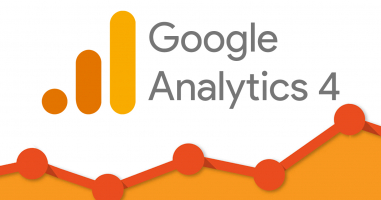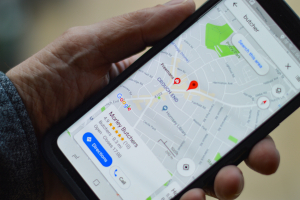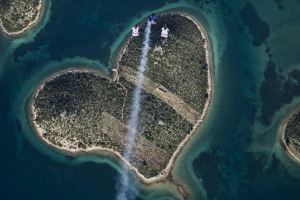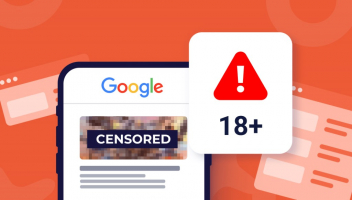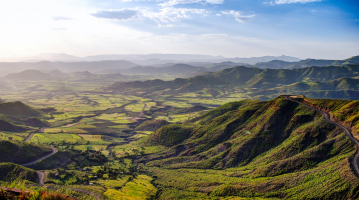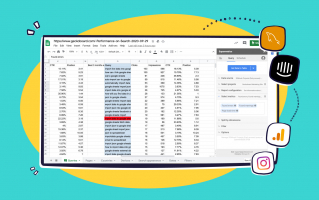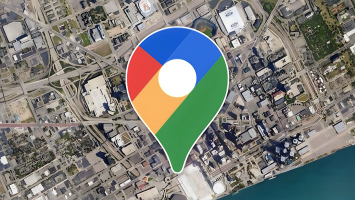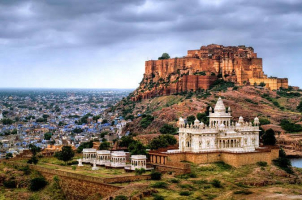Top 10 Interesting Blurred Locations on Google Maps
By allowing us to actually view the world, Google Maps has transformed the way we perceive it. Virtually any region of the globe may be seen on your computer ... read more...in sharp images. Yet not all locations permit such inspection. Certain places may have been hidden for evil or unexplained motives, while others may have been hidden for less sinister causes. For instance, if you like, you might ask to have your own house blurred out. Yet it's possible that wasn't exactly what happened in these other places.
-
Although it's unlikely that you'll ever travel to Antarctica, Google Earth can give you a brief view. There isn't much to see there, really. It frequently consists of infinite snowfields and unusual rock formations. Yet, Google Earth has obscured certain huge portions of the earth. The cause? That's debatable, to be sure.
Depending on who you ask, the areas of Antarctica that are hazy are blurred because there aren't any images with a higher resolution. Why waste time taking pictures of snow? Nonetheless, others have asserted that the US is carrying out covert operations in covert locations!
For what it's worth, despite claims on numerous websites to the contrary, there are satellite images of Antarctica. Despite the fact that all you can see right now is snow, a significant portion of what was once there is still visible. Nonetheless, there are other parts that remain hidden, such as the research centers run by different nations. For what it's worth, despite claims on numerous websites to the contrary, there are satellite images of Antarctica. Despite the fact that all you can see right now is snow, a significant portion of what was once there is still visible. Nonetheless, there are other parts that remain hidden, such as the research centers run by different nations.
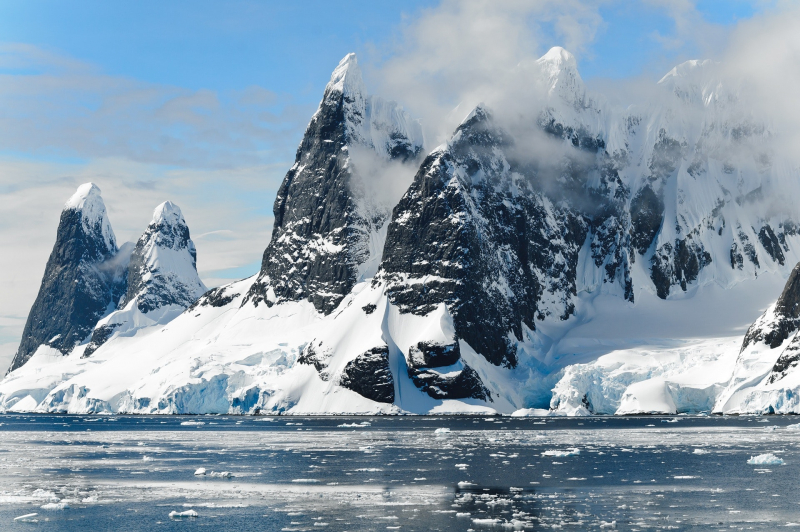
Image by Pixabay via pexels.com 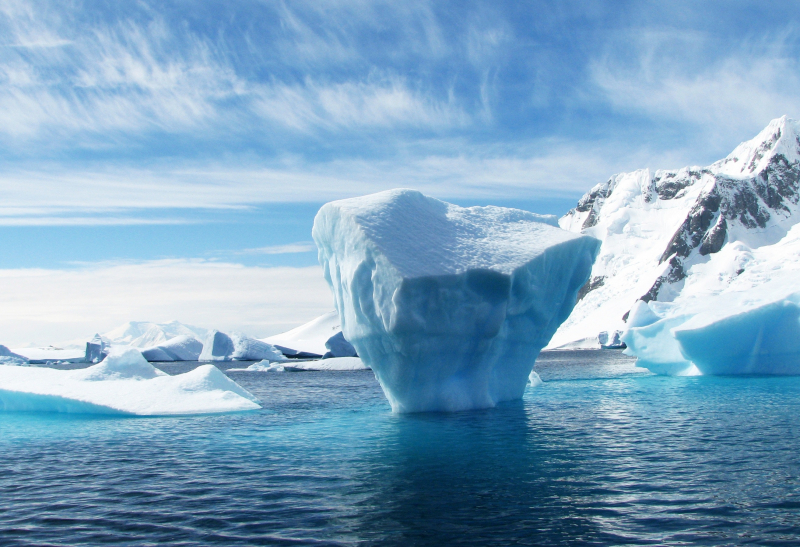
Image by Pixabay via pexels.com -
There are many areas of Israel available for viewing on Google Maps, but one is conspicuously missing. You will only be able to view a picture of the Gaza Strip that is of very low resolution if you attempt to look at it. Because viewers can't zoom in on poor resolution photographs, many sites in and around Gaza and throughout Israel are hidden from view.
According to Google, they make an effort to update their database with higher resolution images whenever possible. Despite the fact that other satellite services offer far higher resolution photographs of the region, most people turn to Google because of its widespread use and simplicity of access. As the devastation caused by conflict is being hidden, some journalists have questioned why they don't openly display Gaza.

Image by Ömer Faruk Yıldız via pexels.com 
Image by Musa Zanoun via pexels.com -
Only a few number of residences are likely to be instantly recognizable to people all around the world. The White House or Elvis's Graceland come to mind, yet strictly speaking, these are not merely houses. There aren't many ordinary homes in ordinary neighborhoods that become famous until they make a significant appearance in a movie or on television. Like the Amityville house, for example
There are more than 30 Amityville movies, which may surprise you. There is no copyright on the name of the town to stop people from jumping on the bandwagon, therefore not all of them are in the same series and many of them only use the name. The supposed haunting that allegedly occurred following the DeFeo killings in the 1970s was detailed in the original series.
There is some controversy around the "actual" account of the Amityville Horror, but the house in question was inhabited by real people. The house has undergone renovations and remodeling, so it no longer has the same appearance, and it appears that the present owners have also asked Google to take it off Street View.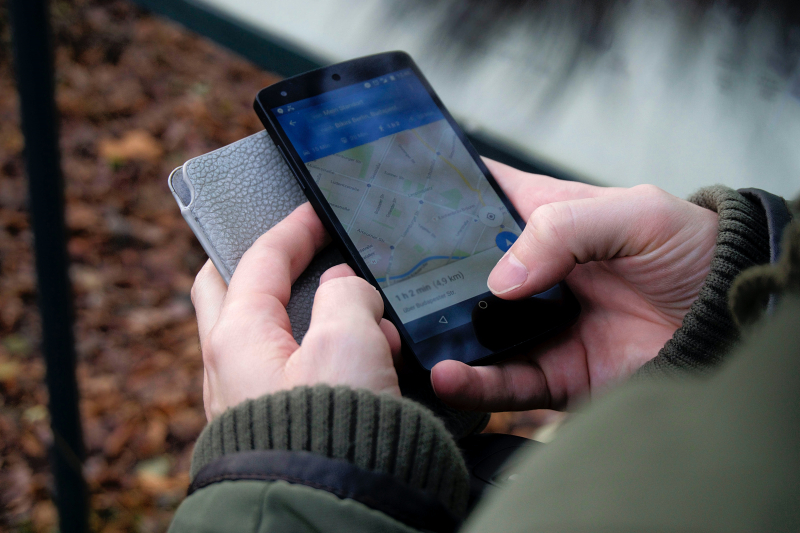
Image by Ingo Joseph via pexels.com 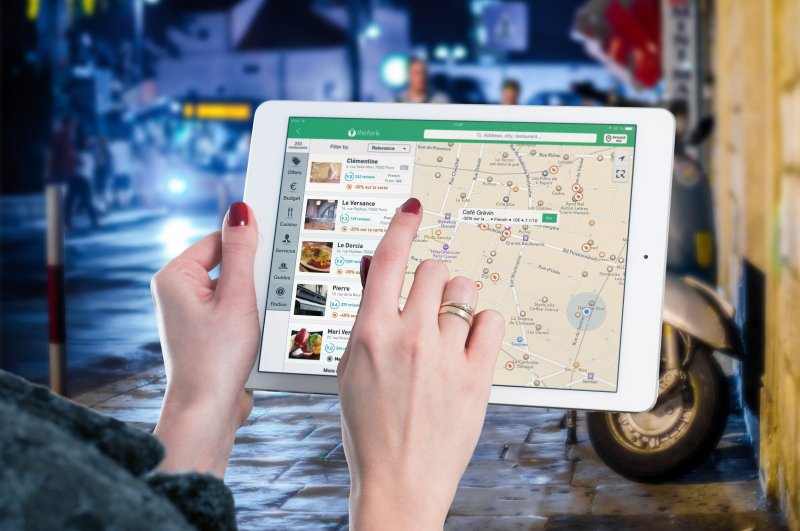
Image by Pixabay via pexels.com -
In Google Maps, Jane Allison’s House is not discernible. Like many houses that have been concealed for various reasons, it is a blur. The only property on Allison's street in Stockton-on-Tee, England, that is hidden from view is hers. Her privacy is protected, just as it is for any homeowner who contacts Google and requests that Google hide their property from view.
What then is the issue? Jane Allison asked that we not visit her home. Nothing major, right? Not quite. Despite having lived there since 2000, she was unaware that her home was covered. Jane Allison isn't certain that the blur was just a Google oversight, but it's possible.
You're undoubtedly wondering, "Who is Jane Allison at this point?" She's just a typical person, really. Which makes it puzzling that her home is blotted out.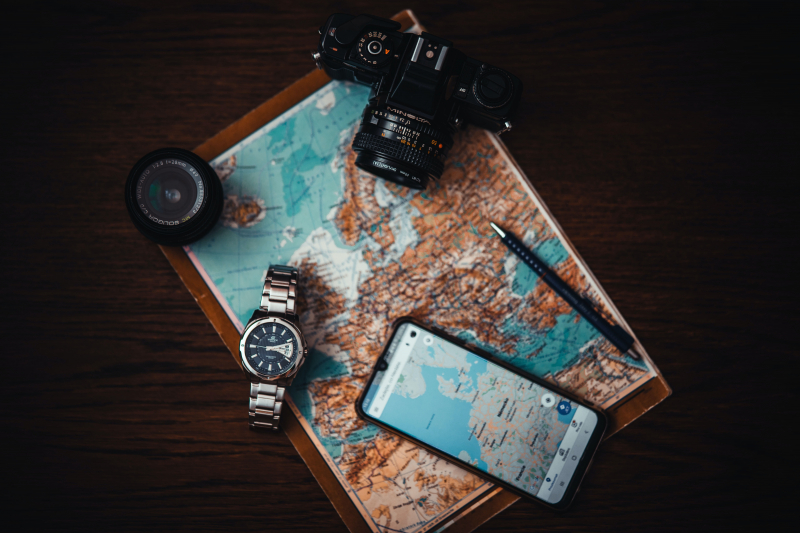
Image by Vojta Kovařík via pexels.com 
Image by Mihis Alex via pexels.com -
In the center of New Orleans' Garden District, there lies a 15,000 square foot mansion that is hidden on Google Maps. Why is it hidden from view? According to rumor, the history of the house has made it something that is best hidden under a rug. This place has, to put it frankly, been a circus for years.
Beyoncé and Jay-Z were the current owners of the property. They owned it but didn't reside there. It's been a mystery how they put the house for sale in 2021, increasing the price by $1 million in a week without any rhyme or reason and using pictures from 2015, just before someone tried to burn it down.The house was initially constructed as a Presbyterian church in the 1910s. Over the years, the church acquired progressively more land, relocated, and expanded the structure. A handful of Ku Klux Klan members opened the renovated church in 1923, to the approval of the rest of the congregation. It appears that the preacher served as the leader of the KKK branch in Louisiana.

Image by Emily Bauman via https://unsplash.com/ 
Image by David Mark from Pixabay -
On Google Earth, you can travel around French Polynesia and come to the little island of Mururoa. It is around 780 miles from Tahiti, and France tested nuclear weapons there for 30 years. France was not totally honest about the fact that up to 110,000 residents of adjacent islands and atolls were exposed to fallout from those same tests.
Although though the island has a reputation for being deadly, it nevertheless has an airfield, making it technically accessible to anyone with a keen interest in radioactive islands. But, your chances are slimmer if you wish to observe it from a distance. For whatever reason, just half of the island can be seen on Google Earth. The entire right side of the island is hidden by a blur filter in the way the image has been displayed. Because of the island's left half's low resolution, only the clouds can be seen.
It appears like French soldiers are present to guard the area. Since the location is still a functioning military outpost, the French government may have asked to have it removed from the map.
Image by Nick Karvounis via pexels.com 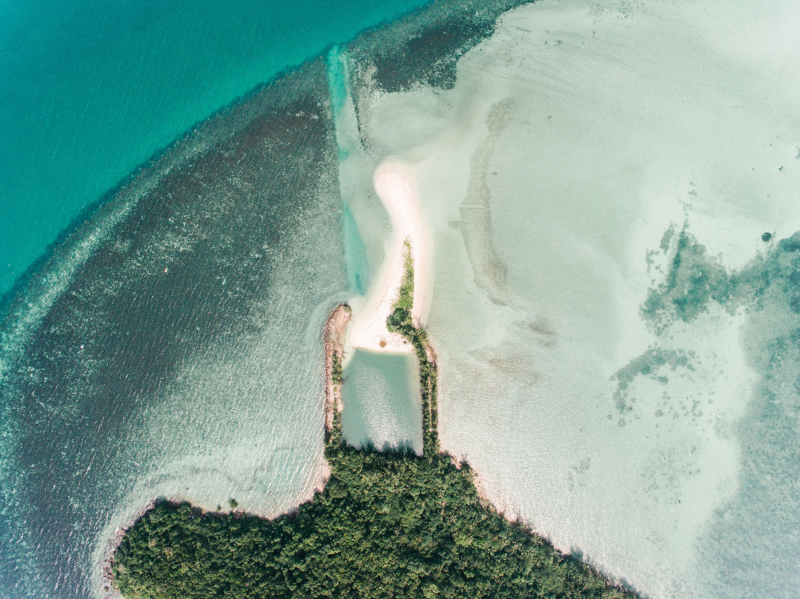
Image by Mikhail Nilov via pexels.com -
On Google Maps, some objects that are concealed initially appear to be unimportant, such as a single house. You may really ask to have your own property obscured, as we previously mentioned, so it's not all that odd to observe this phenomena. Yet, not all hazy homes are created equal.
Ariel Castro's former residence was obscured on the app, but obviously not at his request. Castro was sentenced to life in jail + 1,000 years in prison for abducting three women and torturing them during that time.
The house was demolished in 2013 as part of the judgment against him. The image is still blurry because Google's photo is still dated to 2009, when the house was still standing.
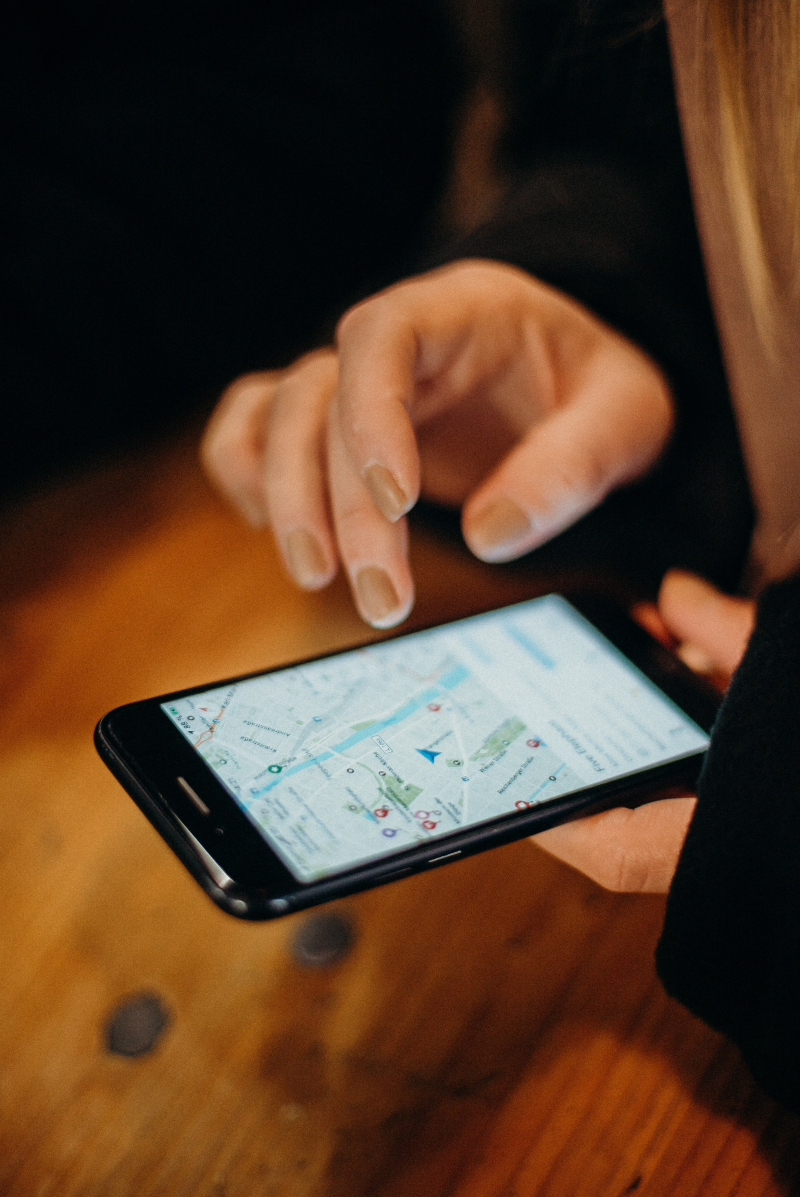
Image by cottonbro studio via pexels.com 
Image by Tracy Le Blanc via pexels.com -
Because everything on Google is prohibited in China, we're kind of cheating on this one. China was not happy when Google moved their headquarters to Hong Kong. The only information that may be available on Google Maps in China is that which may have been preserved before 2010. However, China has not outlawed other mapping services, such as Baidu.
Similar to Google, this service creates maps using satellite pictures. However, some of those maps, like Google, have been hidden. Prison camps in Xinjiang, northwest China, appear to be one of the most prominently hidden places.
Uyghurs, Muslims, and other ethnic minorities are allegedly detained in these facilities. More than 400 facilities were found in the area after a thorough review of the maps. 315 of those are reportedly operating as prison camps or other similar facilities. To put it into context, it's thought that the Xinjiang prisons may have held anywhere about 1.5 million inmates.
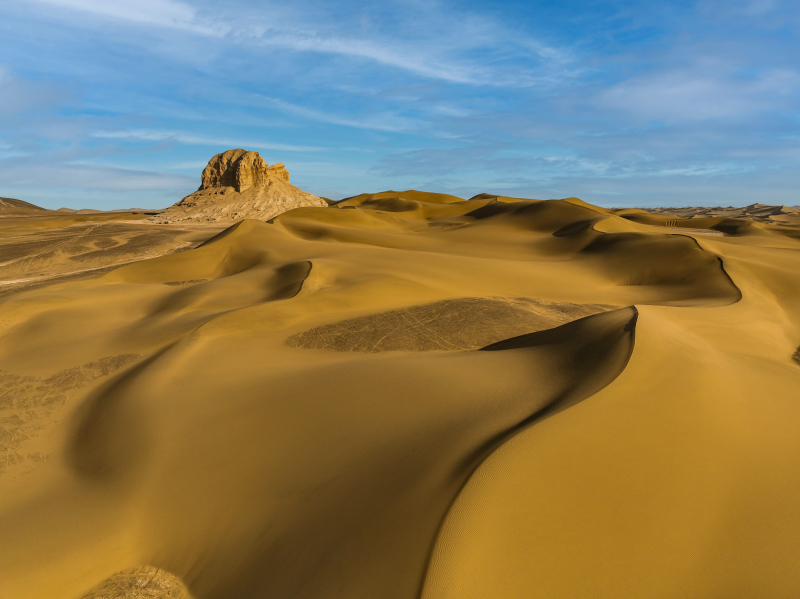
Image by 光曦 刘 via pexels.com 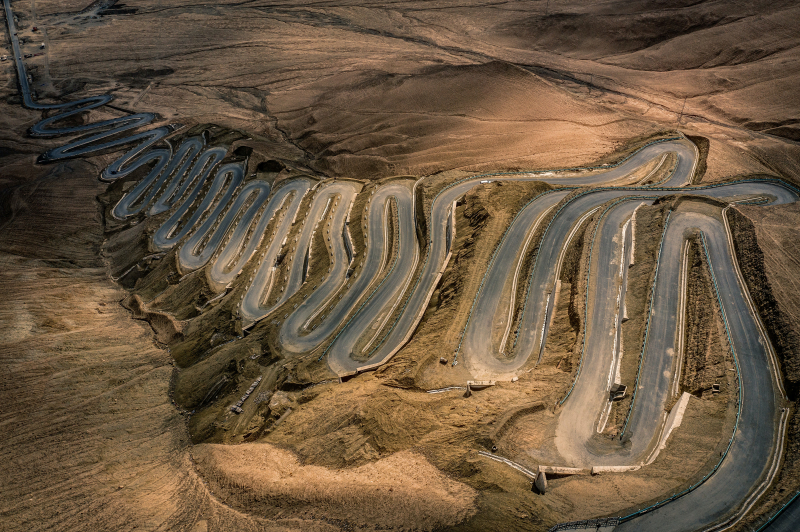
Image by 光曦 刘 via pexels.com -
If not for Google hiding Jeannette Island from view, few of us would likely have ever heard of the East Siberian Sea location. It is a little island with a surface area of around 0.5 square kilometers. George De Long first claimed it for the United States in 1881, but subsequently Russia claimed it. The property issue has never seemed like a huge deal because it is out in the middle of nowhere and is essentially just an icy rock.
The island is hidden by a dark smudge on Google Maps. Understandably, this sparked a wide range of conspiracy theories about the island, from it being a covert military installation to having an alien presence. Google declined to comment on the reason the island was darkened, so it may have been as simple as a human error or more sinister, as the conspiracies indicate.
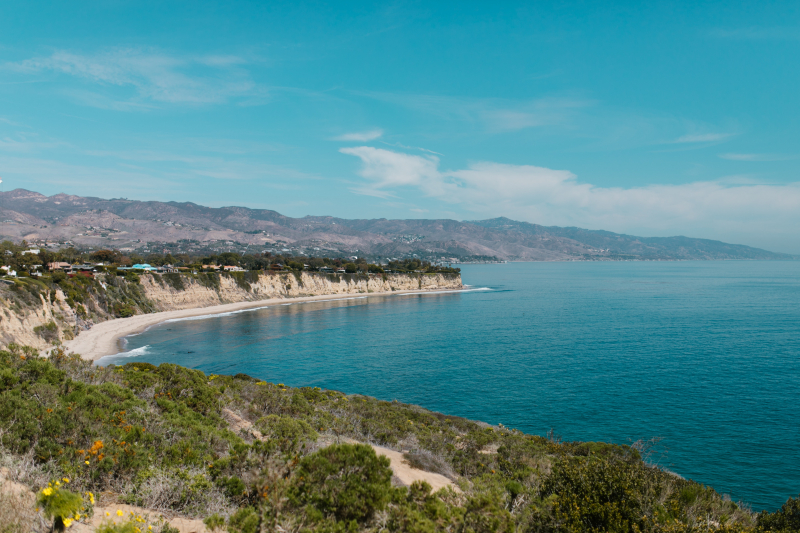
Image by RODNAE Productions via pexels.com 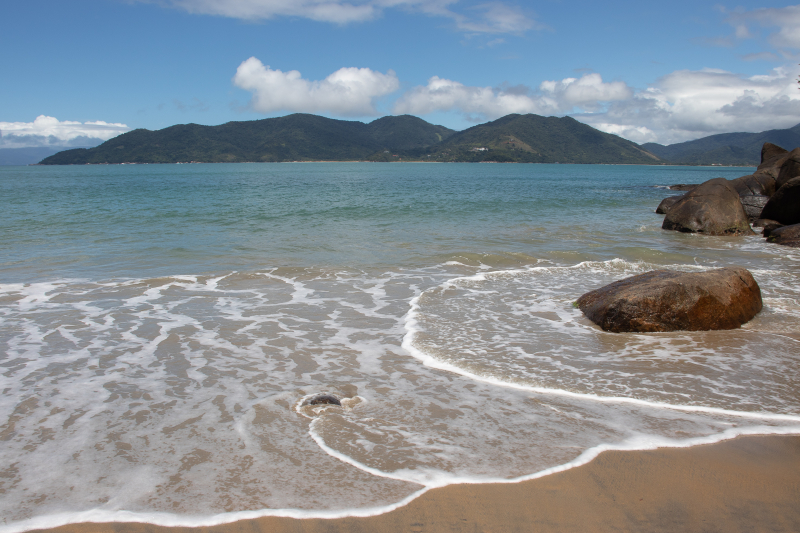
Image by Danilo Righetto via pexels.com -
Google Streetview is a fantastic tool for getting a sense of a neighborhood before visiting it or for looking at your own home and attempting to determine the day the photo was taken. Nevertheless, if you take enough time to look around, especially in popular locations, you'll discover that if the Google cameras ever manage to capture a human, their face is hidden. This makes perfect sense because it is a privacy issue. Most people don't want their names to appear on Google when they didn't request it.
If you ever find yourself looking at a map and seeing a KFC, you'll note that the restaurant's sign is also partly concealed. The part of the Colonel Sanders' face that is hidden in this is at every KFC location. The cause? Harland Sanders was a genuine person whose identity Google was guarding. Of course, not proactively, but as a result of the facial recognition technology Google deploys. This is also seen on billboards and banners, albeit it's certainly not the ideal promotion for a well-known brand. Since so many of their signage are compromised and KFC is such a well-known brand, they are just the most apparent victim.
The faces might all be blurred because they are all hidden by software. KFC has stated that they would like to see the Colonel's face, but since the software automatically blurs faces, it is likely that the operation would need to be done manually. It's improbable that anyone would be interested in spending the time and money necessary to do this.

Image by Khaled Hossain via pexels.com 
Image by Erik Mclean via pexels.com












